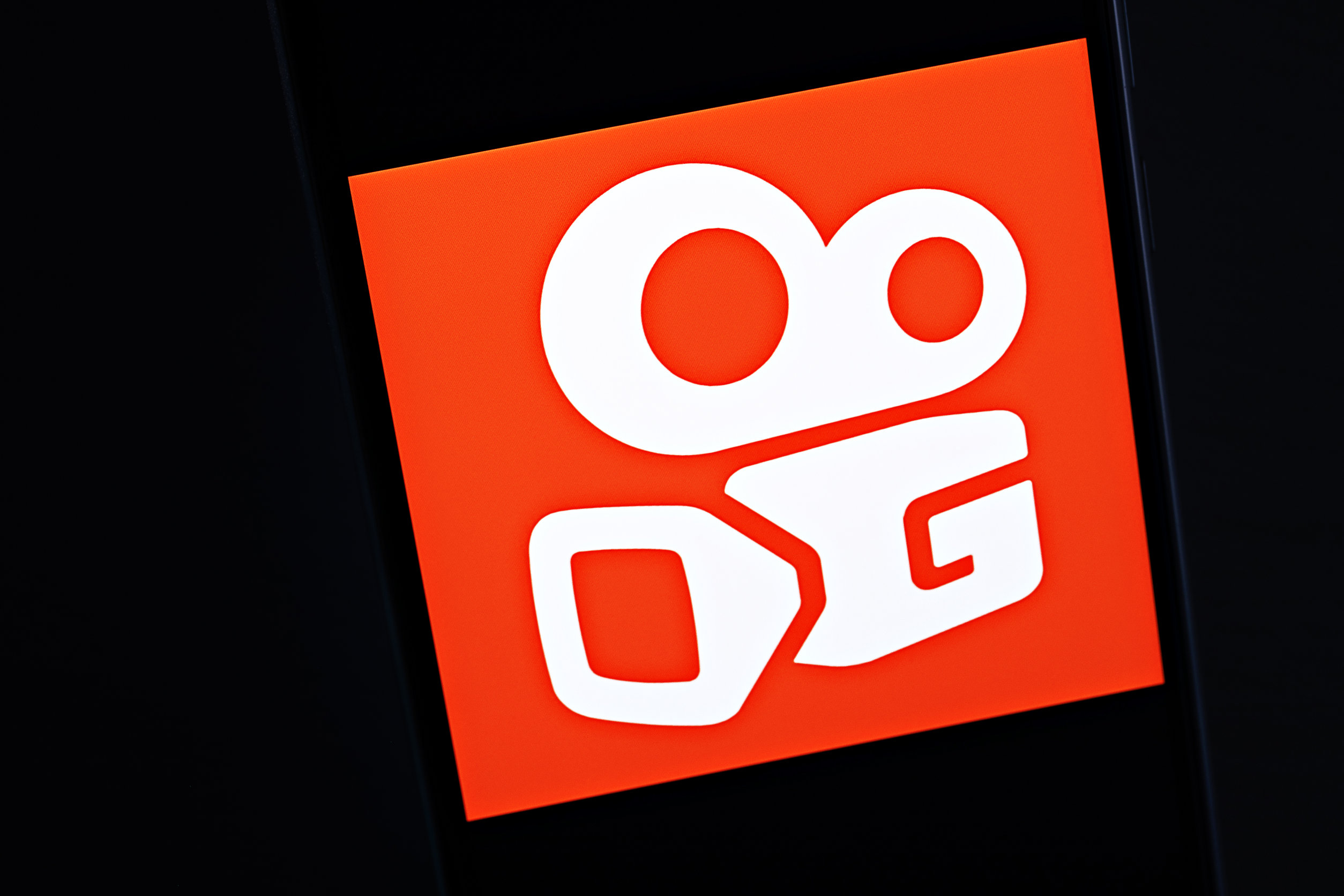With the Academy Awards drawing near, you might want to catch up on all the nominees. Chances are your local multiplex won’t be showing them, so if you want to catch The Substance and the rest of the Oscar picks in theater-quality screen size, it’s time to upgrade to a home projection system. Digital projectors are delivering better picture quality than ever, with 4K resolution, flicker-free motion and clear, accurate color. We’re seeing big discounts on some of our favorite digital projectors as we come out of Super Bowl time and head toward award season. (Plus, certain projectors are great for other things, too, like gaming, all year around.)
If you haven’t sat down with a digital projector recently, prepare to be dazzled at how good their image quality has become. Whether you’re interested in a high-end model with vivid colors and sharp contrast that’s fast enough for console gaming, or something more affordable and portable with slightly diminished specs, major brands have high-quality projectors available at deep discounts. Here are the best projector deals we can see in February.
Let’s start our offers off with a solid $70 price cut on a crossover projector that works for both home entertainment and work presentations. In our review, contributing editor M. David Stone praised the EpiqVision Flex’s “high brightness and good color accuracy,” noting that its 2,700-ANSI-lumen rating makes it easily viewable even in lit rooms. The three-LCD chip image array paired with a traditional bulb helps minimize the artifacts other budget projectors suffer from. While it doesn’t deliver the kind of contrast and quality that home theater cinephiles demand, at this price, it’s a solid option for budget shoppers looking to add a projector to their arsenal.

With a built-in battery, this is a capable portable projector at a nice discount that’ll only last while Best Buy has it in stock. You can see how it compares to the other models on our list of the best portable projectors, but the specs on the Ion are solid: 1,280-by-720 video resolution with 100 ANSI lumen brightness, coupled with two hours of battery life for video and 10 hours for audio. The built-in 70-watt speakers feature dual 3-inch drivers and 1.5-inch tweeters for surprisingly robust sound. You can even use it as a karaoke machine with two included 1/4-inch mic inputs.

It’s pricey, but the picture quality of the Vista T4 will dazzle you. We reviewed this model, praising its cutting-edge triple-laser design that delivers incredible color quality and sharpness. It’s a heavyweight unit, clocking in at over 37 pounds, so it’s best suited for a permanent place in your home theater. With a maximum image size of 150 inches on the diagonal, it’ll easily dominate whatever room you install it in. It even supports 3D images (glasses not included). An included 60-watt Dolby Audio speaker gives you cinema-quality sound, and a $1,000 discount is nothing to sneeze at.

For a well-rounded projector that works well for home entertainment and office presentations, the Miroir M700S is hard to beat. While it doesn’t push the envelope on resolution, this projector features a built-in rechargable battery with up to two hours of playback time. It’s portable, it’s easy to set up, and it’s decent on audio with a built-in 3-watt speaker. The M700S is also built to last, with an estimated 20,000 hours of usage life in Normal Mode. That’s enough to watch the Lord of the Rings trilogy (extended editions) 1,652 times. Compare it against our list of the best projectors before you buy.

We gave this tiny but potent projector an Editors’ Choice award in our review, noting that the Anker Nebula Capsule 3 was “easy to set up, delivers impressive image quality, and even doubles as a Bluetooth speaker.” With its built-in Android TV 11 functionality, you don’t even need to hook it up to a computer to stream your content through it, and the excellent color accuracy and contrast make it ideal for all kinds of video. Sound quality is quite good for the size as well, and a $100 price drop is always awesome.
Recommended by Our Editors

This somewhat pricey LG projector earns its keep with exceptional 4K resolution and surprising brightness in a pint-size package. The retro-styled housing is just five inches high and weighs 3 pounds, making it easy to set up anywhere. Able to project up to a 120-inch maximum screen size, the tri-color RGB laser provides exceptional contrast, and the unit delivers realistic, vibrant hues. LG’s built-in WebOS platform gives you native access to streaming services, and you can also play content through Apple AirPlay, USB-C, or the HDMI input. Right now, Amazon has it for 14% off.

In terms of image quality, this portable projector from GPX isn’t going to top the charts. It delivers 1,280-by-720 resolution with 1000 ANSI lumens of brightness, with a maximum screen size of 150 feet on the diagonal. That’s all perfectly acceptable, especially for a model in this price range. You can run input through HDMI or USB, or you can stream video from a MicroSD card. It even has a built-in DVD player so you can enjoy your old physical media. There’s no built-in speaker, but the GPX has a Bluetooth transmitter for easy audio. Right now, it’s $53 off. See how competing models fare on our list of the best portable projectors.
More Projector Deals
*Deals are selected by our commerce team
What Are the Different Types of Projectors?
Digital projectors create images using three primary types of technology. The most basic, DLP (Digital Light Processing), has an array of minute mirrors inside the lens to transform white light into other colors. 3LCD projectors use a trio of LCD screens, one for each primary subtractive color. LCoS (Liquid Crystal on Silicon) uses an active-matrix display on a silicon backplate for the most accurate colors, although it is significantly more expensive.
What Should I Look for in a Projector?
The two most important metrics for a projector are brightness and resolution. Brightness is measured in lumens, with a larger number being better. However, projectors typically have two distinct brightness numbers, one for white light and one for color. Images may appear dull if the color rating is lower than the pure white rating. Resolution determines the number of pixels the projector uses to create the image. 1080p high definition is the most common. For best results, match your projector resolution to the image source.
Do I Need a Screen for My Projector?
The projector deals above don’t come with an included screen. In general, although you can cast an image from a projector on any wall or surface, it’s not going to look as good as if you use a non-reflective white screen designed for that purpose. There are many different types of screens on the market, including some that are inflatable for easy setup and storage. While they’re not strictly required, they definitely make your viewing experience better. Here’s our handy guide for how to choose the right screen for your projector.
What Is the Best and Cheapest Projector?
We’ve put together a robust rundown of the best projectors on the consumer market, covering a wide range of uses, from large units to anchor a home theater to portable models for movies on the go. Overall, we rate the Vankyo Performance V700W as the best all-around cheap projector. It’s fast enough for casual gaming and bright enough for movies, and it even has surprisingly decent built-in speakers. In our review, our expert said that it was “a highly capable choice for home use,” and it often sees price drops.
Why Are Mini Projectors So Cheap?
Hardware size keeps shrinking in the projector market. In our rundown of the best portable projectors, we examine why these mini-projectors are often so cheap. The most typical compromise that’s made in a small projector is bulb brightness.
Pico-size models, which fit in a pocket, usually cap out at around 100 ANSI lumens of brightness, which can get washed out in ambient light. Image resolution is also often lower than you’d get in a more expensive model. 720p is more common among mini projectors. That said, they’re more than enough for most casual uses.
How Do We Test Projectors?
The short answer? Thoroughly. When we test projectors, be they data projectors, home entertainment projectors, or home theater projectors, we perform both video and data tests, as well as give the units a 30-minute warm-up time while running through preliminary setup steps. And that’s just the start! Dive into any of our reviews to see how deep we go.
Unlock Exclusive Deals on the Latest Tech Products
This newsletter may contain advertising, deals, or affiliate links.
By clicking the button, you confirm you are 16+ and agree to our
Terms of Use and
Privacy Policy.
You may unsubscribe from the newsletters at any time.

About K. Thor Jensen
Contributing Writer












